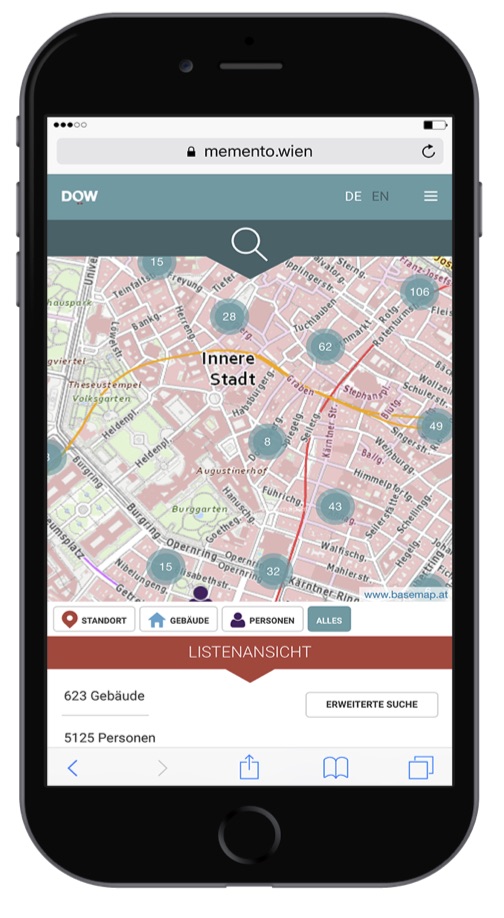Memento Vienna
How an Online Tool Presenting Digitized Holocaust-related Data and Archival Material is Offering New Insights into the Holocaust in Vienna
ABSTRACT
Holocaust research and archives are undergoing a digital transformation, most obviously seen in the digitization of primary sources. The increased volume of digital Holocaust-related archival content raises the question though of whether online availability of data is enough to ensure accessibility. New digital tools can play an important role in facilitating access to digital data and existing materials in different ways.
This article will give an insight into the ongoing work on Memento Vienna, an online tool that makes visible the last-known residence of Holocaust victims in Vienna and facilitates access to digital Holocaust-related archival sources such as documents and photographs with person-specific information via a Geographic Information System (GIS). The article argues that while the focus of such a digital tool lies in presenting information in new ways to broader audiences, these tools and the visualization of Holocaust-related archival material they facilitate can also be an important source for historical analysis. The article concludes by showing that Memento Vienna is not only an example of the role of new practical applications aimed at a younger generation in compiling and presenting data about the Holocaust, but also their use in offering historians new ways to interpret and analyze Holocaust-related data. The article in particular shows how the preliminary results of Memento Vienna, visualizing areas of ghettoization of Jews in Vienna, can help deepen the understanding of the policy of relocation for Jews before deportation.

